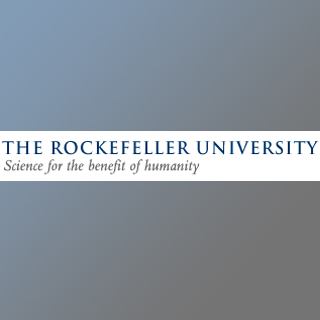
This research apparently concentrates on a once-ignored protein and offers insights on how drug therapy for sufferers of the disease could be enhanced. The protein, NS2, which is believed to be one of the 10 proteins that make up the hepatitis C virus, apparently acquired increased drive as a credible drug target in 2006.
This was when Charles M. Rice, head of the Laboratory of Virology and Infectious Disease, and his team unraveled the configuration of its protease domain. This domain apparently spans the second half of NS2 and performs like a molecular scissor, cutting itself from its neighbor, NS3. By that time, supposedly it is also identified to assist in the manufacture of infectious virus particles.
Now Rice and his team have apparently sliced up the nooks and crannies of this protease domain down to the amino acids that make them up, and have mapped which amino acids are in charge for stirring up infectious particles, and differentiated them from those caught up in the cleaving process. During the researchers’ careful poking and nudging, erasing and substituting, one amino acid in particular apparently caught their notice i.e. the protein’s very last one.
Graduate student Thomas Dentzer, who led the research, commented, “When we changed or deleted the terminal leucine — leucine 217 — infectious virus production shut down. But what really intrigued us was leucine 217’s position.”
After the protease makes its cut, leucine 217 supposedly stays in a protein fold that makes up the protease’s dynamic place. Even though the active site is not concerned in making infectious virus particles, Dentzer and Rice, who is also Maurice R. and Corinne P. Greenberg Professor in Virology and scientific director of the Center for the Study of Hepatitis C at Rockefeller illustrated that it is said to be necessary for the protease’s cleaving activity. With both roles mapping to this minute area of NS2, the researchers propose that drugs aiming this region could pack a double punch against the virus.
Since the hepatitis C virus is thought to have an uncanny capability to transform and avoid exposure just when the body’s immune forces are closing in, punching numerous phases of the virus’s life cycle concurrently could be an enhanced approach.
